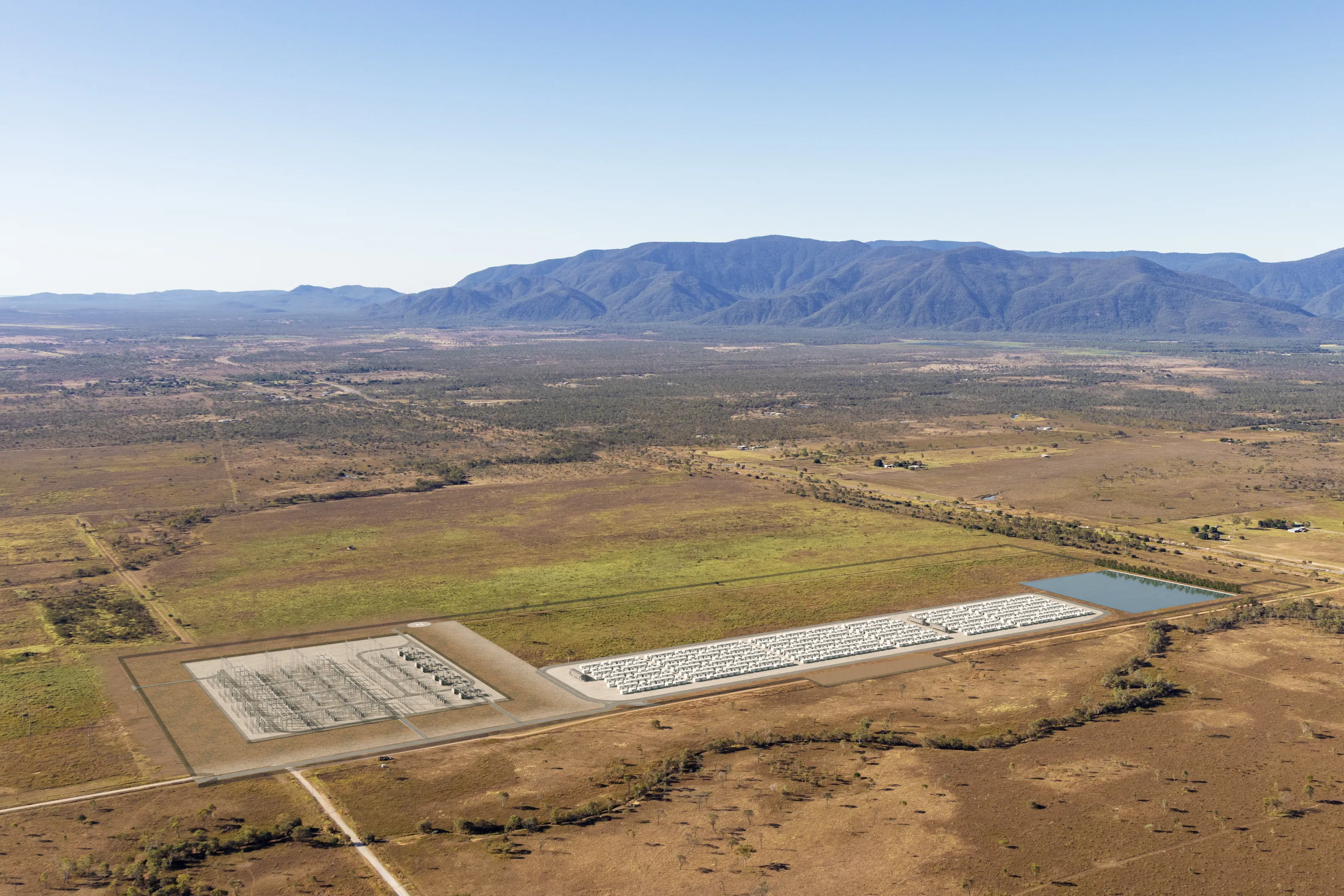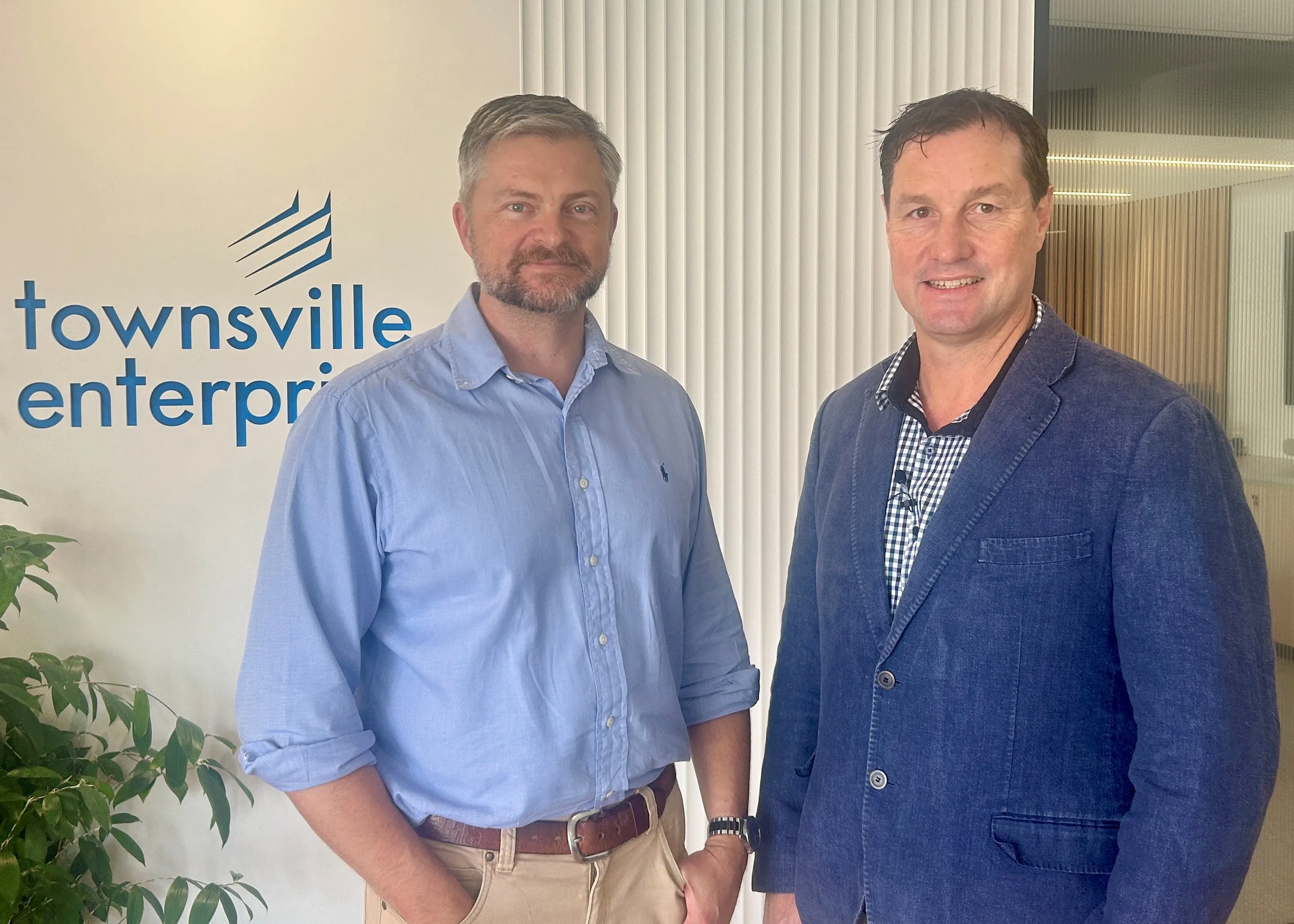Germany looking to ship sunshine from NQ
Germany looking to ship sunshine from NQ
North Queensland is a step closer to shipping sunshine to Germany following the signing of a green hydrogen supply chain development agreement between the Queensland and German Governments at a conference in Brisbane on Friday.
Queensland Treasurer and Minister for Trade Hon Cameron Dick MP and German Federal Minister of Education and Research Bettina Stark-Watzinger signed the Joint Declaration of Intent for Cooperation in Bioeconomy as a part of Germany’s push to meet decarbonisation targets and shore up energy security and natural gas alternatives in the wake of geopolitical instability in Russia and Ukraine.
Green Hydrogen refers to hydrogen produced using renewable energy, typically solar and wind, which can then be transported easily to customers around the world, in a similar manner to the existing seaborn oil trade.
North Queensland Hydrogen Consortium (NQH2) Chair Claudia Brumme-Smith said that getting in front of the German delegation was important, as it gave NQH2 project proponents a chance to share the development and progress that is being made in the north of the sunshine state to potential international customers.
“North Queensland is more advanced than most other regions both here at home and elsewhere in the world when it comes to the development of a green hydrogen industry, and we are ready to talk to potential markets outside our existing customer pipeline which is predominantly based in Japan and South Korea,” Ms Brumme-Smith said.
“We have the best renewable zones in the world on our doorstop, the water, skilled labour force, and export facilities to create a global energy hub, and there is growing demand from around the world for the green hydrogen products we can produce.”
“By the end of this year we will have the first hydrogen heavy vehicle fleet in Australia running on our roads, and proponents are working on recycled water and common user infrastructure that will spearhead the industry’s continued development in North Queensland.”
“What we need to see now is the commitment from the Federal Government to get enabling infrastructure projects like Copper String 2.0, which will link vast renewable resources and the industrial zones on the coast, funded and underway so we don’t miss the extraordinary opportunities that are being presented to us at the moment.”
“Ideally these projects would have been completed already, so the next best option that we have, for the benefit of our region and all Australians, is to start now.”
Edify Energy Chief Executive John Cole said that North Queensland’s enviable poll position as a green hydrogen producer is propelled by the immense potential of the renewable resources that would power the industry.
“International customers are interested in bulk green hydrogen and bulk green hydrogen exports will require bulk renewables,” Mr Cole said.
“However, rich renewable resource is only one factor in successful green hydrogen development. We need to see critical infrastructure finalised to bring renewable energy into Townsville and the Lansdown Eco-Industrial Precinct so we can scale up our capabilities and begin to meet market demand.”
“We have strong ties to Europe with our capital funding partnerships and a range of business relationships, so we’re a natural partner to deliver the green hydrogen products that will provide Germany and other European countries with secure and reliable green energy into the future.”
Townsville City Council Deputy Mayor Cr Mark Molachino said that hydrogen projects in Townsville were approved and ready to get underway and had the full support of the local community and Council.
“We granted some of the first development approvals in the country for Hydrogen projects at Lansdown Eco-Industrial Precinct, and as a part of the NQH2 consortium are working to get Edify, Origin, and other green industry projects off the ground as quickly as possible,” Cr Molachino said.
“Lansdown is on the way to becoming Northern Australia’s first environmentally sustainable advanced manufacturing precinct and that means environmental and economic benefits for our community, including thousands of short and long terms jobs, future proofing new job skills, future industry opportunities, and billions of dollars of investment into our region.”


